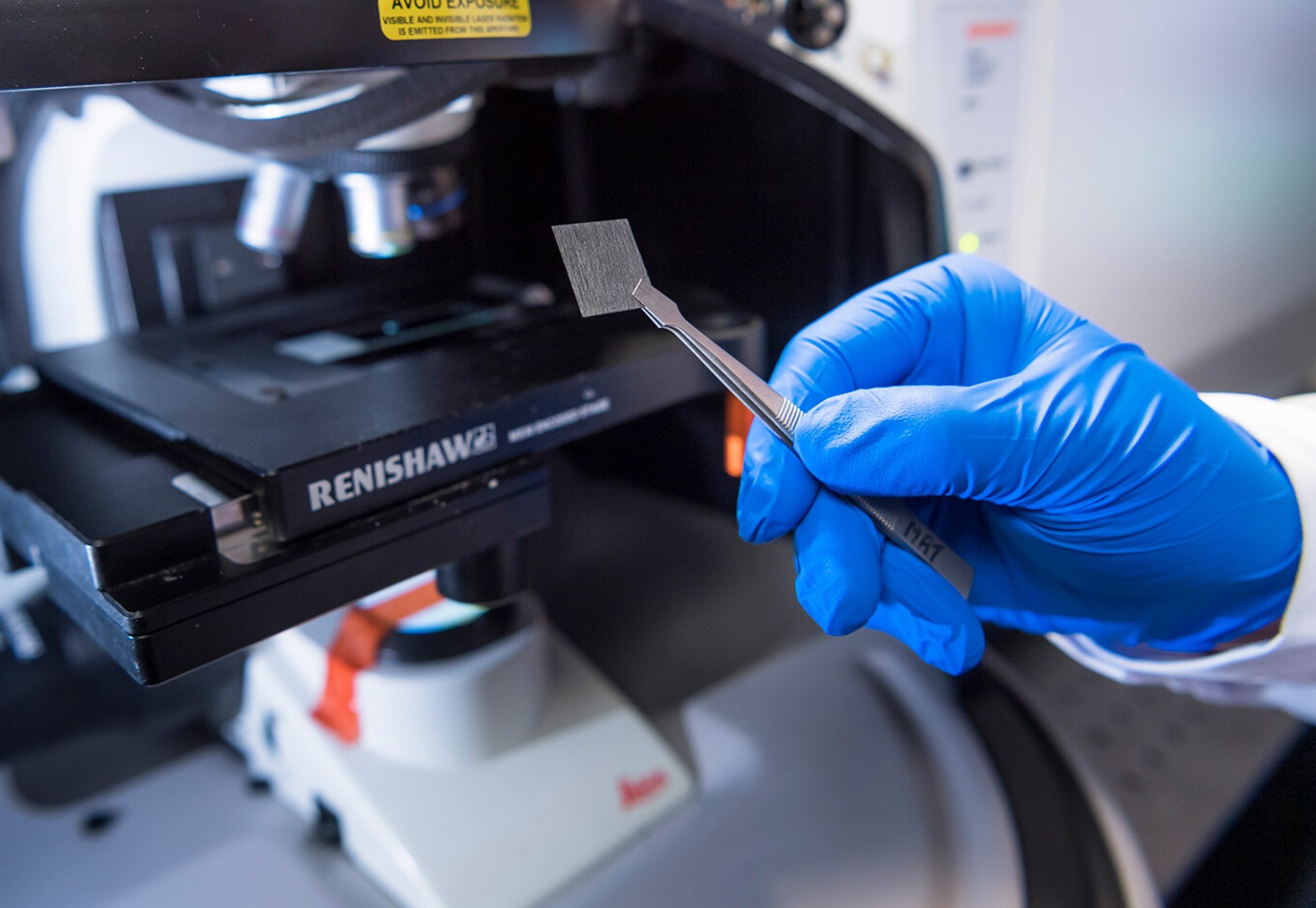
Researchers from City University Hong Kong and Imperial College London have announced the development of a catalyst that makes hydrogen production easier.
Producing hydrogen via electrolysis, powered by renewable energy, allows the renewable energy to be stored and transported for later use. Typically, platinum is used as a catalyst in the electrolysis reaction, but this material adds significant cost.
The researchers have developed a catalyst that uses as little platinum as possible, which they say can be “cheaply scaled for mass use”.
Co-author of the study, London-based Professor Anthony Kucernak, said in a statement: “The UK Hydrogen Strategy sets out an ambition to reach 10GW of low-carbon hydrogen production capacity by 2030. To facilitate that goal, we need to ramp up the production of cheap, easy-to-produce and efficient hydrogen storage.
“The new electrocatalyst could be a major contributor to this, ultimately helping the UK meet its net-zero goals by 2050.”
The newly developed electrocatalyst involves dispersal of single atoms of platinum on a sheet of molybdenum sulphide. Researchers claim that this is in fact more efficient than typical catalysts with higher concentrations of platinum.

US Tariffs are shifting - will you react or anticipate?
Don’t let policy changes catch you off guard. Stay proactive with real-time data and expert analysis.
By GlobalDataThe technology was developed by chemists at City University Hong Kong and then tested by the Imperial College London team, which had previous developed technologies that make use of this type of catalyst. The study was published in the science journal Nature.
“Hydrogen generated by electrocatalytic water splitting is regarded as one of the most promising clean energies for replacing fossil fuels in the near future, reducing environmental pollution and the greenhouse effect,” said lead researcher Professor Zhang Hua from City University.
The City University team was responsible for growing the thin catalysts on nanosheet supports, which creates a high-purity material. The material was then characterised by Kucernak’s team, which developed methods and models to determine how the catalyst operates.
China is currently the world’s largest producer of hydrogen. The Chinese Government has a target to produce 100,000–200,000 tonnes of renewable hydrogen annually and have a fleet of 50,000 hydrogen-fuelled vehicles by 2025.
Liquid hydrogen can be used as a source of energy when it is converted using fuel cells. This oxygen-splitting reaction produces water vapour as a by-product, unlike typical liquid fuels, which produce climate-damaging greenhouse gases.
Hydrogen, along with other forms of energy storage, offers a clean energy source for times when weather conditions are not favourable for renewable generation.



